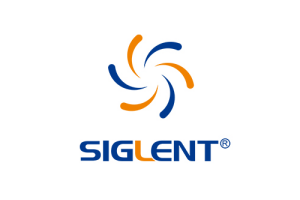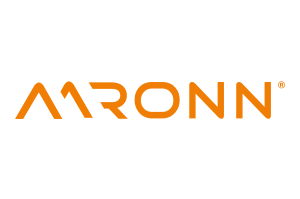Early Detection of Breast Cancer
Team of AI Agents for Improved Mammography Screening
One in three women with cancer has breast cancer. The chances of a cure are good: in early detection, artificial intelligence is currently seen as a miracle weapon in screening. The European Institute of Oncology is relying on an agent-based AI system from Laife Reply for mammography examinations.
Breast cancer is by far the most common type of cancer in women, currently accounting for around 70,000 to 74,500 new cases per year and making up around 30 percent of all new cancer cases. On average, one in eight women will be diagnosed with breast cancer in the course of her life.
As frightening as these figures are, so much is invested in the early detection of malignant changes in breast tissue. The ten-year survival rate in Germany is around 83 percent and the chance of a long-term cure without recurrence is currently estimated at 80 to 90 percent - provided a tumor is detected early and treated according to guidelines.
In addition to the statutory early detection of breast cancer, scientific research and medical technology manufacturers are often relying on improved imaging - because the smallest nodules or changes in breast tissue structure are often difficult to interpret. For some years now, artificial intelligence has been regarded as a technical wonder weapon to support doctors with complicated diagnoses.
Agent-based AI System for Mammography Examinations
Laife Reply, a Reply Group company specializing in AI and big data solutions for the healthcare sector, has implemented a groundbreaking project together with the European Institute of Oncology (IEO). A network of intelligent AI agents is to provide radiologists with targeted support in the early detection of breast cancer.
Anyone who has already undergone the procedure knows that a mammography examination involves many manual steps, not only in the execution, but also and especially in the diagnosis: patients who carry physical images or USB sticks to the nearest doctor themselves are still part of everyday clinical practice in many hospitals today. The primary goal of the European Institute of Oncology (IEO) and the collaboration with Laife Reply is therefore to make clinical processes related to breast cancer diagnostics more efficient. The basis for this is the AI platform X-RAIS.
Evaluate Mammography Images in Real Time
X-RAIS combines neural networks with imaging analytics (radiomics) and uses a multi-agent system to evaluate mammography images in real time. Suspicious areas or lesions are to be detected particularly precisely using the multi-stage approach and automatically classified as benign or malignant. Hospitals can fully integrate the platform into the clinical workflow; the tool is intended to support medical professionals in all phases of the diagnostic process and ensure a measurable increase in efficiency without much additional effort.
This is how X-RAIS works: A first agent consolidates the results of the image analysis and supplements them with information from the patient file if required. A second agent prioritizes the examined cases using a scoring system in order to quickly identify particularly critical cases.
X-RAIS was developed according to the »human-in-the-loop« principle: The final decision always lies with the radiologist. In addition to clinical precision, this also ensures patient safety at all times. The system complies with the internationally recognized FHIR standard (Fast Healthcare Interoperability Resources) and can be easily integrated into existing hospital IT landscapes via an API interface. (uh)





